Key Takeaways
The highest paying dividend funds often include options like the Fidelity Floating Rate High Income Fund (FFRHX), which recently offered yields above 8% by investing in floating-rate corporate debt. However, investors should weigh the higher income potential against increased risk, especially with funds focused on lower-rated or "junk" bonds.
Introduction
Dividend funds are a popular choice among investors seeking a steady income stream, offering regular payouts that can complement other financial strategies. These funds, which primarily invest in dividend-paying stocks, appeal to both retirees and those looking to build passive income. High-paying dividend funds are particularly attractive to income-focused investors, as they provide higher yields that can enhance portfolio returns. However, selecting the right dividend fund requires careful evaluation of key factors such as dividend yield, payout sustainability, expense ratios, and sector stability. Understanding these elements ensures investors make informed decisions that align with their financial goals while balancing risk and reward effectively.
Understanding Dividend Funds
What Are Dividend Funds?
Dividend funds are investment vehicles designed to provide investors with regular income by focusing on stocks that pay dividends. These funds come in various forms, including exchange-traded funds (ETFs), mutual funds, and individual dividend-paying stocks. ETFs and mutual funds offer diversified portfolios, reducing the risk associated with investing in single companies. They are ideal for those seeking steady income while benefiting from professional management and sector diversification. Individual stocks, on the other hand, allow investors to handpick companies with strong dividend histories, but they come with higher risk due to limited diversification.
How Dividend Funds Generate Income
Dividend funds generate income through regular payouts made by the companies they invest in. These payouts, known as dividends, can vary based on company performance and market conditions. Investors can choose between growth-oriented dividend funds, which reinvest earnings to boost future payouts, or income-focused funds that prioritize consistent distributions. High-dividend yields can be attractive, but they must be balanced with long-term sustainability and the financial health of the issuing companies. By understanding how dividend funds work, investors can optimize their portfolios to align with their income and growth objectives.
Factors That Make a Dividend Fund High-Paying
Dividend Yield vs. Dividend Growth
Investors seeking high-paying dividend funds must consider the balance between dividend yield and dividend growth. High-yield funds provide larger immediate payouts, making them attractive for those focused on income generation. However, these funds often come with increased risks, such as volatility, declining stock prices, or unsustainable payout ratios. Conversely, funds that prioritize steady dividend growth invest in companies with a history of increasing dividends over time, offering long-term stability and compounding benefits. While the initial yield may be lower, these funds can provide reliable income while preserving capital appreciation.
Stability and Sustainability of Payouts
The sustainability of dividend payouts is another crucial factor in selecting a high-paying dividend fund. Companies with strong balance sheets, consistent revenue streams, and responsible payout ratios are more likely to maintain and grow their dividends. A lower payout ratio suggests that a company is reinvesting a portion of its profits into future growth while still rewarding shareholders. By contrast, companies with excessively high payout ratios may struggle to sustain dividends during economic downturns or financial instability. Evaluating these aspects helps investors avoid funds with unsustainable dividend practices.
Industry and Sector Considerations
Industry and sector considerations also play a significant role in dividend fund selection. Certain sectors, such as real estate investment trusts (REITs), energy, and financials, are known for providing high dividend yields. However, these sectors are often influenced by economic conditions, regulatory changes, and market fluctuations. For example, energy companies may experience fluctuating dividend payouts due to changes in commodity prices, while financial institutions' dividends can be impacted by interest rate adjustments. Diversification across sectors can help investors mitigate risk while maximizing dividend income potential.
Top High-Paying Dividend Funds
Examples of High-Yield Dividend Funds
High-paying dividend funds can be an excellent choice for investors seeking steady income and long-term financial growth. Some of the top-performing funds include Fidelity High Dividend ETF (FDVV), Vanguard High Dividend Yield ETF (VYM), and Schwab U.S. Dividend Equity ETF (SCHD). These funds focus on companies with strong dividend histories, offering competitive yields while maintaining reasonable expense ratios. Comparing historical performance, dividend yields, and fund management strategies can help investors identify the best options for their portfolios.
Risks and Considerations
However, investing in high-dividend funds comes with certain risks. Funds with exceptionally high yields may be investing in companies with unstable financials, leading to potential dividend cuts or stock price declines. Additionally, economic downturns and sector-specific challenges can impact dividend payouts. To mitigate these risks, diversification across multiple funds and industries is essential. Investors should also consider the payout ratio and sustainability of dividends to ensure long-term reliability.
How to Choose the Best Dividend Fund for You
Choosing the right dividend fund requires careful assessment of investment goals and risk tolerance. Investors should evaluate whether they prioritize high immediate yields or long-term dividend growth. Research tools provide valuable insights into fund performance, expense ratios, and dividend sustainability. By leveraging these resources, investors can make informed decisions that align with their financial objectives while minimizing risk exposure.
Conclusion
Investing in high-paying dividend funds can be a great way to generate passive income while growing your portfolio. Throughout this guide, we've explored the key factors that contribute to a successful dividend fund, including yield, stability, sustainability, and industry considerations. Understanding how these elements interact allows investors to make informed decisions and optimize their financial strategies.
Choosing the right dividend fund ultimately depends on your investment goals and risk tolerance. By evaluating historical performance, expense ratios, and payout sustainability, investors can select funds that align with their financial objectives. With careful research and strategic planning, dividend funds can serve as a valuable tool in achieving long-term wealth and financial security.
🚀 Master Dividend Investing – Unlock Passive Income 💰
Looking to supercharge your portfolio and live off dividends? Dive into these expert resources:
🏆 Top Dividend Stocks & Investing Strategies
💰 Dividend Funds & High-Yield ETFs
⚡ Dividend Essentials & Tax Strategies
🔗 Bookmark this guide & start your journey to financial independence! 🚀💸
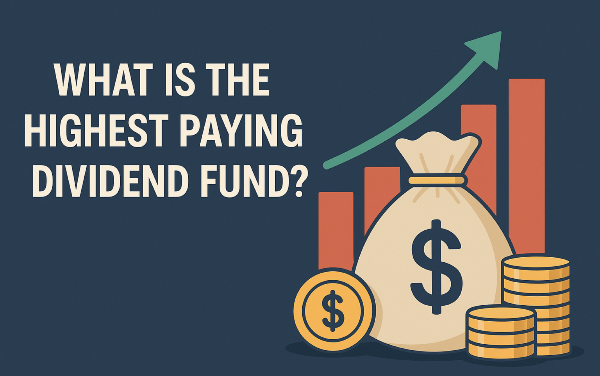

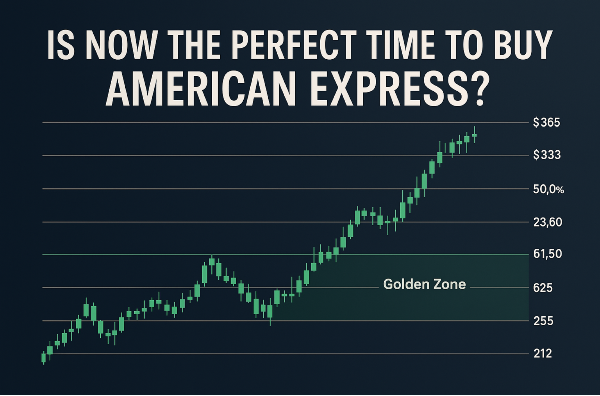
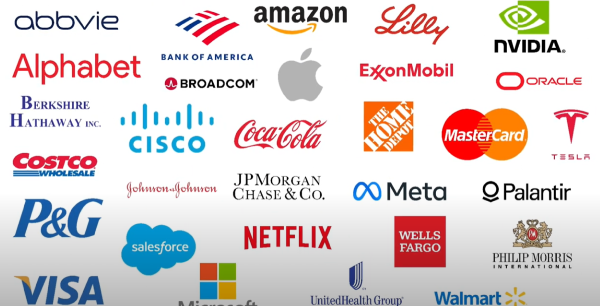
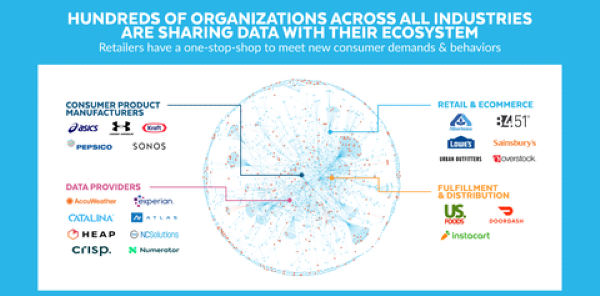
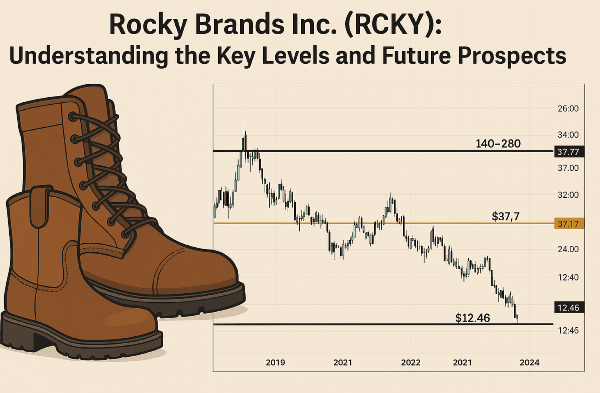
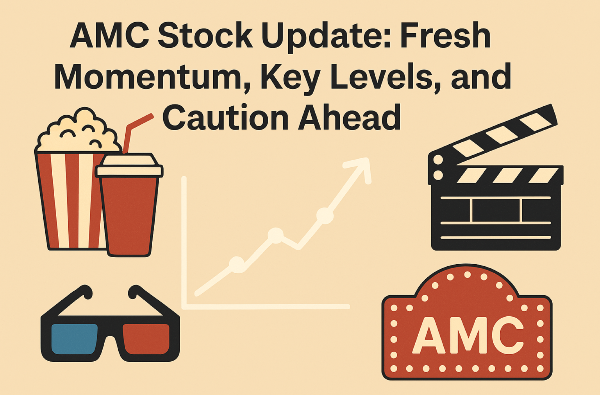
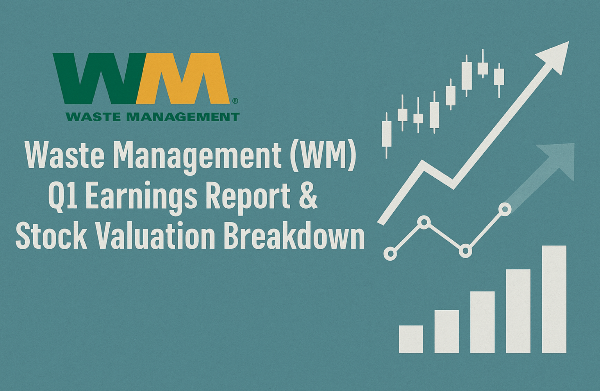
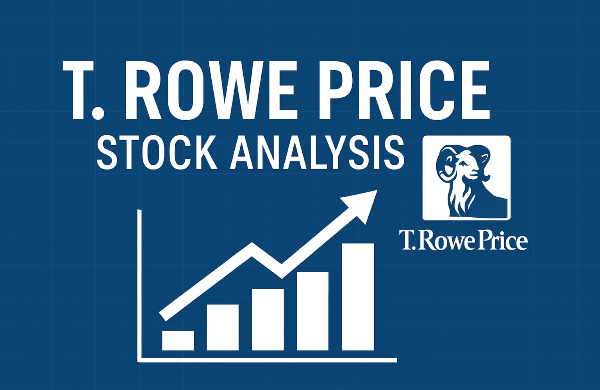
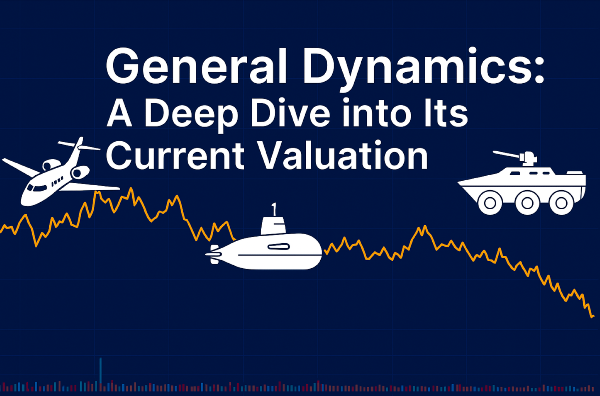
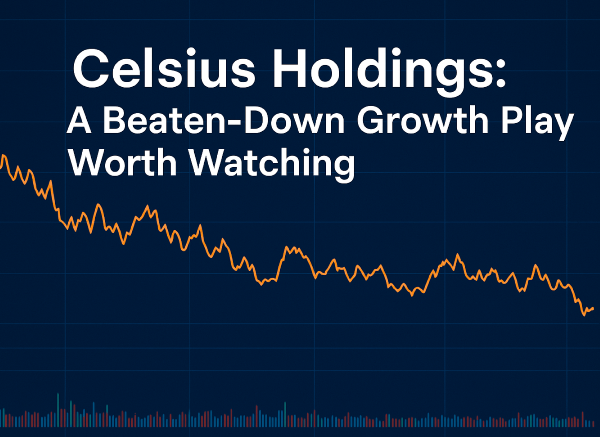
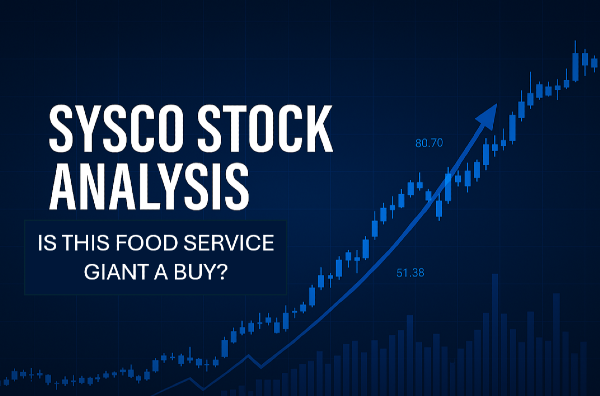
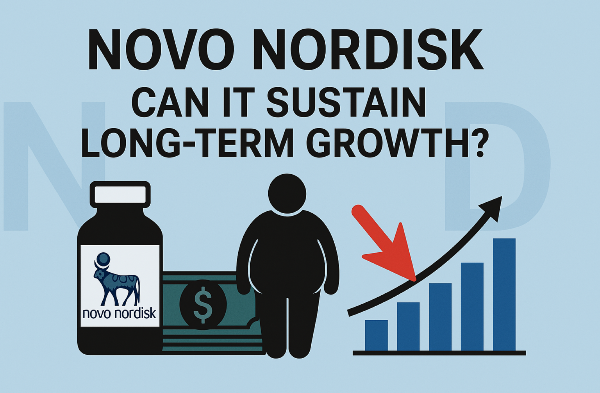

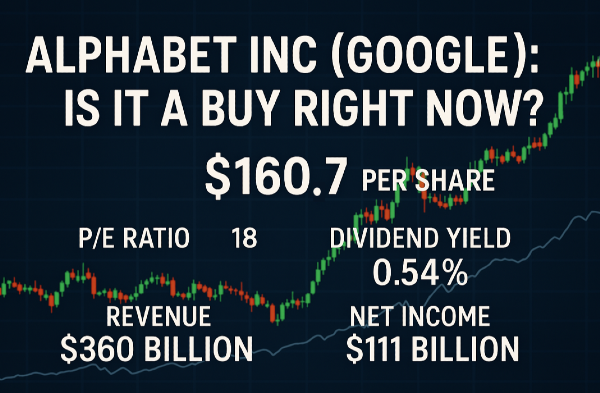
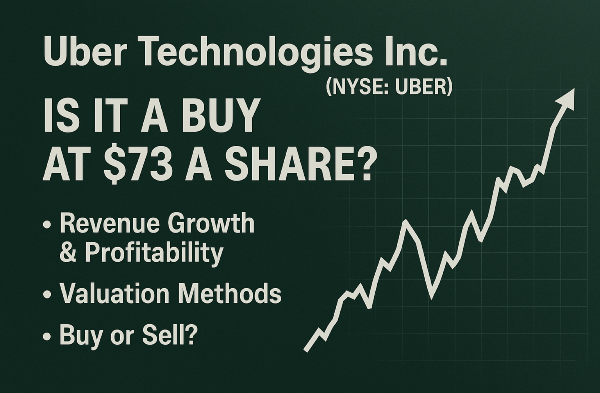
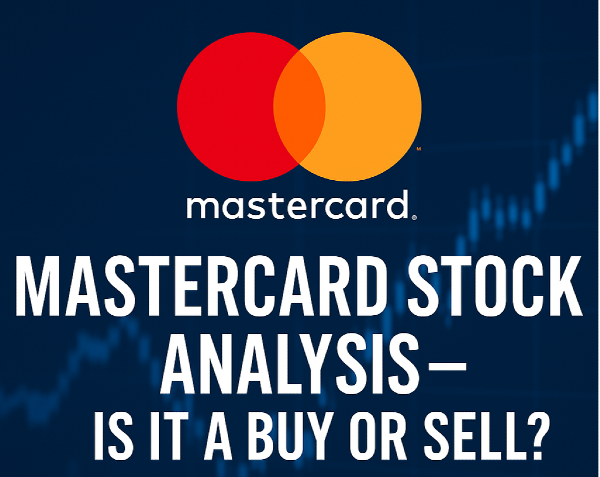

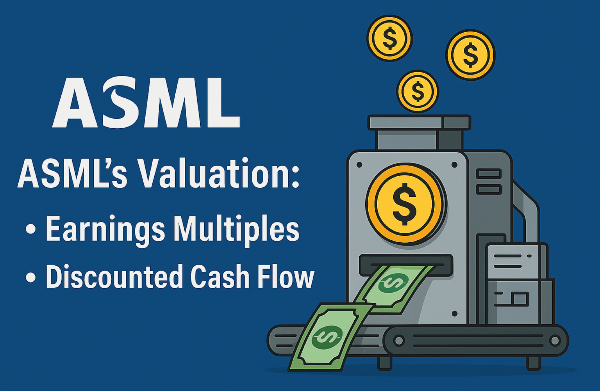
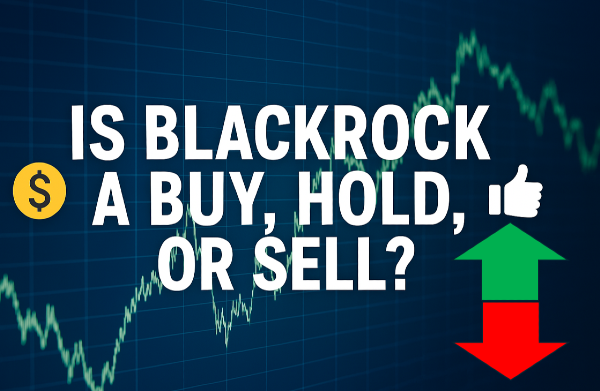
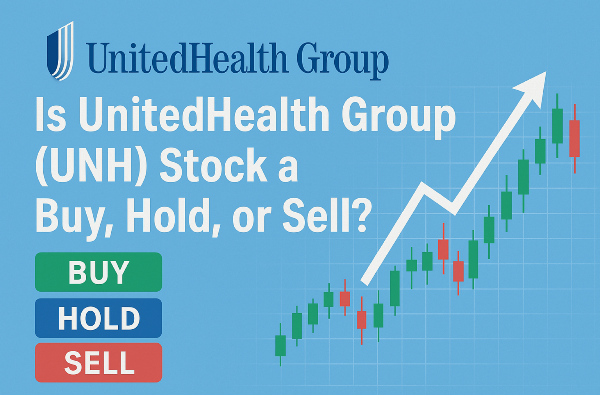
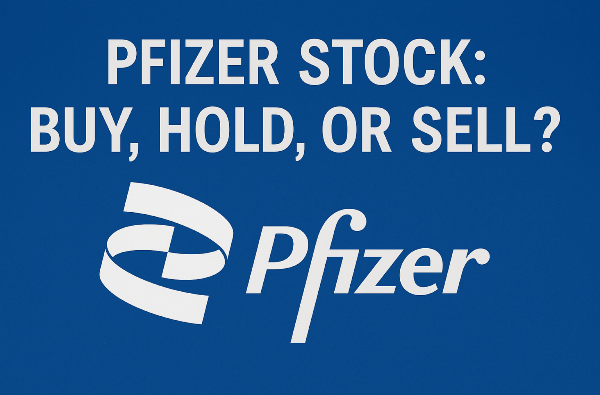








Key Takeaways
The highest paying dividend funds often include options like the Fidelity Floating Rate High Income Fund (FFRHX), which recently offered yields above 8% by investing in floating-rate corporate debt. However, investors should weigh the higher income potential against increased risk, especially with funds focused on lower-rated or "junk" bonds.
Introduction
Dividend funds are a popular choice among investors seeking a steady income stream, offering regular payouts that can complement other financial strategies. These funds, which primarily invest in dividend-paying stocks, appeal to both retirees and those looking to build passive income. High-paying dividend funds are particularly attractive to income-focused investors, as they provide higher yields that can enhance portfolio returns. However, selecting the right dividend fund requires careful evaluation of key factors such as dividend yield, payout sustainability, expense ratios, and sector stability. Understanding these elements ensures investors make informed decisions that align with their financial goals while balancing risk and reward effectively.
Understanding Dividend Funds
What Are Dividend Funds?
Dividend funds are investment vehicles designed to provide investors with regular income by focusing on stocks that pay dividends. These funds come in various forms, including exchange-traded funds (ETFs), mutual funds, and individual dividend-paying stocks. ETFs and mutual funds offer diversified portfolios, reducing the risk associated with investing in single companies. They are ideal for those seeking steady income while benefiting from professional management and sector diversification. Individual stocks, on the other hand, allow investors to handpick companies with strong dividend histories, but they come with higher risk due to limited diversification.
How Dividend Funds Generate Income
Dividend funds generate income through regular payouts made by the companies they invest in. These payouts, known as dividends, can vary based on company performance and market conditions. Investors can choose between growth-oriented dividend funds, which reinvest earnings to boost future payouts, or income-focused funds that prioritize consistent distributions. High-dividend yields can be attractive, but they must be balanced with long-term sustainability and the financial health of the issuing companies. By understanding how dividend funds work, investors can optimize their portfolios to align with their income and growth objectives.
Factors That Make a Dividend Fund High-Paying
Dividend Yield vs. Dividend Growth
Investors seeking high-paying dividend funds must consider the balance between dividend yield and dividend growth. High-yield funds provide larger immediate payouts, making them attractive for those focused on income generation. However, these funds often come with increased risks, such as volatility, declining stock prices, or unsustainable payout ratios. Conversely, funds that prioritize steady dividend growth invest in companies with a history of increasing dividends over time, offering long-term stability and compounding benefits. While the initial yield may be lower, these funds can provide reliable income while preserving capital appreciation.
Stability and Sustainability of Payouts
The sustainability of dividend payouts is another crucial factor in selecting a high-paying dividend fund. Companies with strong balance sheets, consistent revenue streams, and responsible payout ratios are more likely to maintain and grow their dividends. A lower payout ratio suggests that a company is reinvesting a portion of its profits into future growth while still rewarding shareholders. By contrast, companies with excessively high payout ratios may struggle to sustain dividends during economic downturns or financial instability. Evaluating these aspects helps investors avoid funds with unsustainable dividend practices.
Industry and Sector Considerations
Industry and sector considerations also play a significant role in dividend fund selection. Certain sectors, such as real estate investment trusts (REITs), energy, and financials, are known for providing high dividend yields. However, these sectors are often influenced by economic conditions, regulatory changes, and market fluctuations. For example, energy companies may experience fluctuating dividend payouts due to changes in commodity prices, while financial institutions' dividends can be impacted by interest rate adjustments. Diversification across sectors can help investors mitigate risk while maximizing dividend income potential.
Top High-Paying Dividend Funds
Examples of High-Yield Dividend Funds
High-paying dividend funds can be an excellent choice for investors seeking steady income and long-term financial growth. Some of the top-performing funds include Fidelity High Dividend ETF (FDVV), Vanguard High Dividend Yield ETF (VYM), and Schwab U.S. Dividend Equity ETF (SCHD). These funds focus on companies with strong dividend histories, offering competitive yields while maintaining reasonable expense ratios. Comparing historical performance, dividend yields, and fund management strategies can help investors identify the best options for their portfolios.
Risks and Considerations
However, investing in high-dividend funds comes with certain risks. Funds with exceptionally high yields may be investing in companies with unstable financials, leading to potential dividend cuts or stock price declines. Additionally, economic downturns and sector-specific challenges can impact dividend payouts. To mitigate these risks, diversification across multiple funds and industries is essential. Investors should also consider the payout ratio and sustainability of dividends to ensure long-term reliability.
How to Choose the Best Dividend Fund for You
Choosing the right dividend fund requires careful assessment of investment goals and risk tolerance. Investors should evaluate whether they prioritize high immediate yields or long-term dividend growth. Research tools provide valuable insights into fund performance, expense ratios, and dividend sustainability. By leveraging these resources, investors can make informed decisions that align with their financial objectives while minimizing risk exposure.
Conclusion
Investing in high-paying dividend funds can be a great way to generate passive income while growing your portfolio. Throughout this guide, we've explored the key factors that contribute to a successful dividend fund, including yield, stability, sustainability, and industry considerations. Understanding how these elements interact allows investors to make informed decisions and optimize their financial strategies.
Choosing the right dividend fund ultimately depends on your investment goals and risk tolerance. By evaluating historical performance, expense ratios, and payout sustainability, investors can select funds that align with their financial objectives. With careful research and strategic planning, dividend funds can serve as a valuable tool in achieving long-term wealth and financial security.
🚀 Master Dividend Investing – Unlock Passive Income 💰
Looking to supercharge your portfolio and live off dividends? Dive into these expert resources:
🏆 Top Dividend Stocks & Investing Strategies
💰 Dividend Funds & High-Yield ETFs
⚡ Dividend Essentials & Tax Strategies
🔗 Bookmark this guide & start your journey to financial independence! 🚀💸